Felista Gor explores the development of drones as a technology and its influence on the critical human activity of agriculture.
Groundbreaking achievements have occurred in the agriculture sector over the last decade – from the debut of pesticides in 1940 to precision agriculture in the 1990s and 2000s. Today, AI, machine learning, robotics, and Internet of Things are playing a significant role in modern agriculture. The integration of technology in agriculture has been on the rise in a bid to address food security issues and climate change, as well as spearhead automation of food production.
One innovation that sparked widespread interest is drone technology. Drones were originally designed for military purposes, but their usage in the agricultural industry through practices such as crop surveillance, has opened previously unimagined possibilities.
In this article, I will be discussing the uses of drone technology in agriculture.
A. Crop surveillance
Crop surveillance is the supervision of crop progress from the time of planting until harvesting. This is a crucial step in agriculture as it helps farmers to be informed of the health of their crops, including identifying which plants are affected by crop diseases and weed-infested areas.
Traditionally, farmers had to manually walk around their farms, section by section, to monitor the growth of their crops while finding areas that needed attention. What started as a tedious and labor-intensive task has evolved into an automated task through unmanned aerial vehicles, popularly known as drones.
What the farmer needs to do is launch the drone to navigate the land along a specified path. The drones used for this purpose are equipped with a special imaging system called the Normalized Difference Vegetation Index that monitors the crop absorbance of specific wavelengths, forming a color contrast with detailed color information that visibly reflects plant health and possible problematic locations. The drone’s crop images are in infrared and visible spectral ranges.
For example, if the field shows a green color, the crops in that area have good photosynthesis and their growth is healthy.
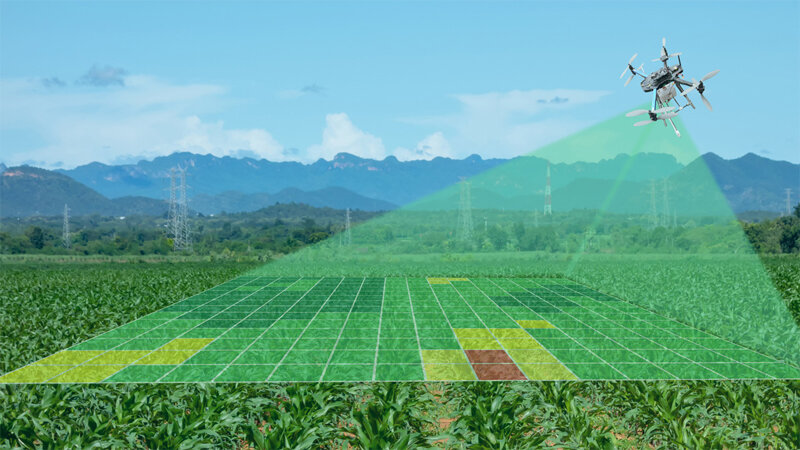
Areas showing red and yellow color need attention, as the crops are not growing properly. With detailed color information produced by drones, farmers can then physically visit the problematic locations and find the exact cause of unhealthy crops for example, do the crops have a crop disease, are they underwatered, do they have insufficient nutrients, or are they overwatered?
A crop stand count is usually conducted after the first few weeks of seeding. This is done to get a rough estimate of how many sown seeds have emerged into a healthy plant. Drone technology allows farmers to access a data solution called DroneDeploy that is used alongside Agremo software to count plants across a section of the field using DroneDeploy maps and computer vision. The information gathered by this software allows farmers to get an estimate of the yield regularly, i.e., each week or even at each hour based on the number of healthy plants. In case the estimated yield is not as expected, farmers can decide whether to reseed or not. The frequent availability of crop information through surveillance helps farmers take corrective actions for better crop management.
As a result of drone technology, farmers can gain detailed information regarding the health of their crops, the yield of crops, and the overall health of their fields. Further, farmers can leverage advanced software solutions provided by drone technology to quickly detect problems and make data-driven decisions.
B. Spray treatment
To date, mostly conventional pesticide treatments are used globally. The manual mechanical sprayer is the most conventional tool for pesticide application. Manual spraying has lots of downsides, including a shortage of farm labor, lower spray uniformity, environmental pollution, extra chemical use, and less area coverage. It also affects human beings and may lead to cancer, hypersensitivity, and asthma, among other disorders. These conventional methods cause a higher cost of pesticide application and are less effective in controlling pests and diseases.
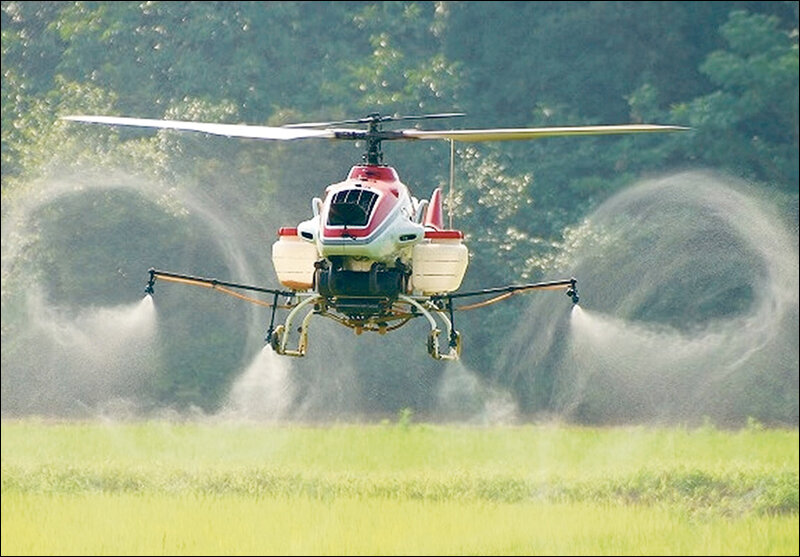
Today, a drone-mounted sprayer is being employed to overcome the shortcomings of manual spraying. A drone spraying device can carry a 40-liter pesticide tank and follow a pre-mapped route to spray crops according to the requirements. They also have enormous potential for covering fields with difficult access for tractors and aircraft. In recent years, drone spraying systems have evolved from semi-controlled devices to an AI-based, fully automated system that is capable of spot spraying by analyzing real-time data without any human intervention. A drone-mounted sprayer is the choice every farmer needs to consider in the aerial spraying of large farms.
The application of drone technology in spraying treatment has made the spraying job easier, enhanced coverage ability, and increased chemical effectiveness.
C. Security
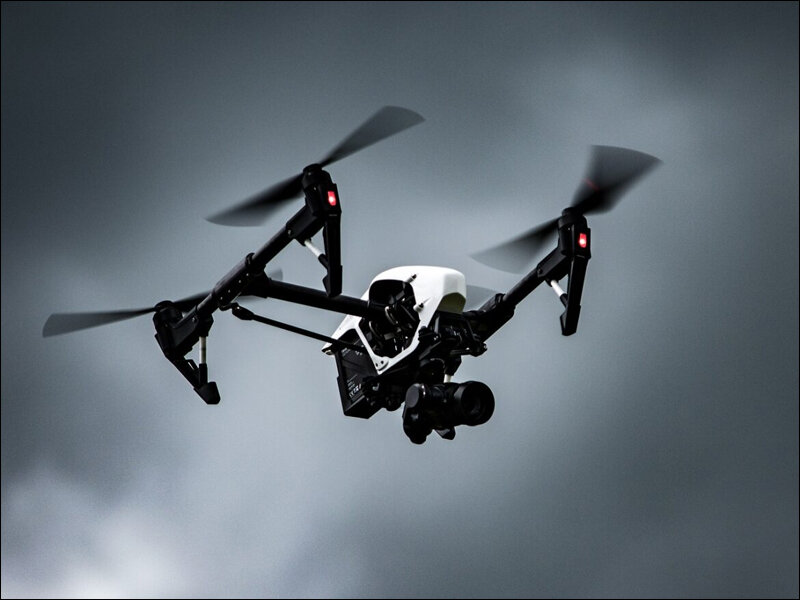
Imagine farms covering over a thousand acres and the human resources it would take to secure the place. It is a little intimidating to consider having to manage such a farm. Even with available human resources, there are certain places that a normal individual can overlook or even fail to reach. The option of deploying a drone is undoubtedly a significant advantage. They can detect details impossible to see with the naked eye and effortlessly.
Drones with high-quality cameras offer high security for agricultural farms with thorough vision day and night. They also provide a stabilized 360-degree view of the farm, which helps owners track anyone or anything trying to approach the farm in vivid detail.
Conclusion
Drones are creating a new agricultural revolution. They are directly contributing to improving crop health and yield and are providing farmers with more tools to maintain food security amid a rapidly changing world. It is not an enigma why drone technology is experiencing such rapid inclusion in the agriculture sector and why so many farms are turning their attention to drones.
In case you missed:
- None Found



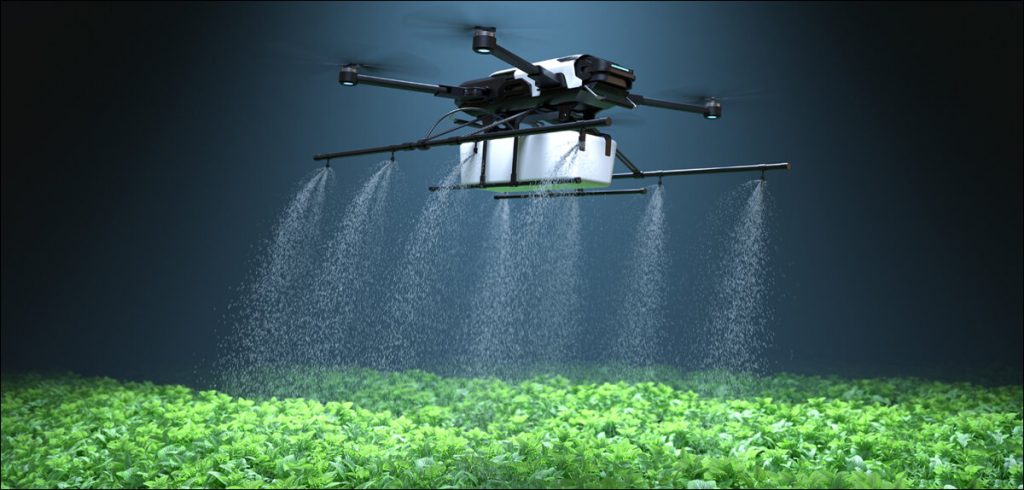

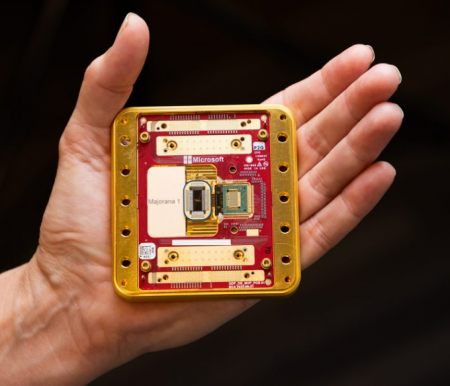
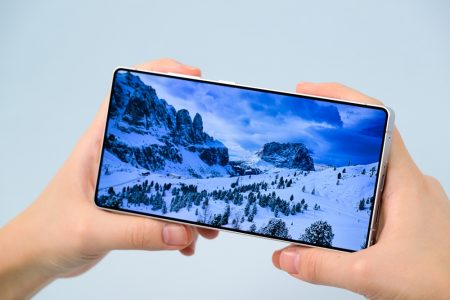

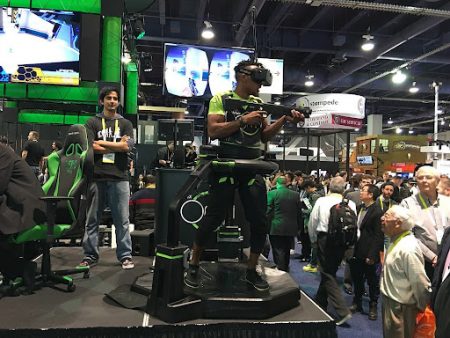
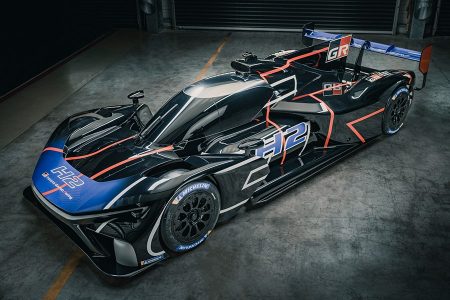
2 Comments
That’s an informative post that is truly beneficial to farmers. Nice work Felista!
Very good info, simple explanation for use of drones in ag